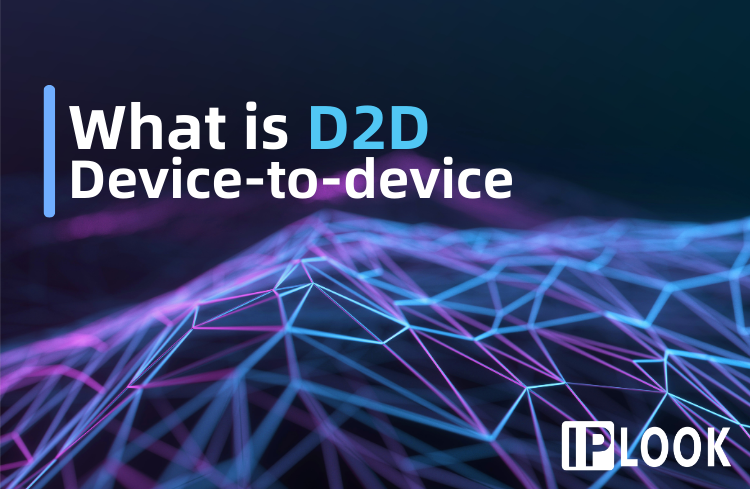
D2D (Device-to-Device) communication is a direct communication method that enables neighboring User Equipments (UEs) to communicate with each other without relying on intermediate network infrastructure.
Unlike cellular network communication, D2D communication offers distinct advantages in terms of data rate, device proximity, discovery mechanism, and application scenarios.
Efficient Spectrum Utilization: D2D communication avoids using cellular wireless communication, thus not occupying additional frequency band resources. The user devices connected through D2D can share the spectrum resources of the cellular network, enhancing spectrum utilization.
Improved User Experience: With the development of mobile internet, resource sharing among adjacent users, small-scale social interactions, and local-specific services have become important areas of growth. D2D application in these scenarios can enhance the user experience.
Expanded Applications: Traditional communication networks require infrastructure setup and have specific requirements. The introduction of D2D enhances network stability and provides flexibility, allowing traditional networks to expand their services using D2D.
1. Local Services
· Social Applications: D2D communication enables data transmission between adjacent users, facilitating content sharing, interactive gaming, and other social activities. Users can discover and connect with nearby users who share common interests through D2D communication.
· Local Data Transfer: D2D communication allows for efficient local data transfer, expanding the possibilities for mobile communication applications. For example, local advertising services based on proximity can deliver personalized promotions, movie trailers, and other information to users, maximizing the benefits by precisely targeting the intended audience.
· Offloading Cellular Network Traffic: D2D communication can alleviate the burden on the core network and spectrum resources caused by high-bandwidth multimedia services, such as HD video streaming. Local multimedia services utilizing D2D communication can significantly save network resources. For instance, operators or content providers can set up servers in hotspot areas to store popular media content and deliver it to users in a D2D mode. Users can also obtain desired media content from nearby devices that have already received the content, thus reducing the downlink traffic on the cellular network. Additionally, D2D communication between nearby users can be used to offload cellular network traffic.
2. Emergency Communications: D2D communication can address the challenges faced during extreme natural disasters when communication infrastructure is damaged, leading to communication disruptions that hinder rescue efforts. In a D2D communication mode, neighboring mobile devices can establish wireless communication, providing a reliable communication link for disaster relief. Moreover, in wireless coverage blind spots, users can connect to terminals within the coverage area through D2D communication, effectively accessing wireless communication networks.
3. Enhanced Internet of Things (IoT): By combining D2D communication technology with the IoT, a truly interconnected wireless communication network can be achieved. The integration of D2D communication into the IoT enhances machine-to-machine communication. A typical application is Vehicle-to-Vehicle (V2V) communication in the context of connected vehicles.
D2D communication, with its low latency and proximity-based discovery, offers inherent advantages in ensuring vehicle safety in the context of connected cars. D2D communication can greatly lower latency, and has the advantages of improving the network spectrum efficiency, reducing the system overhead, and enhancing the reliability of communication. It is expected to play a significant role in cellular network.

